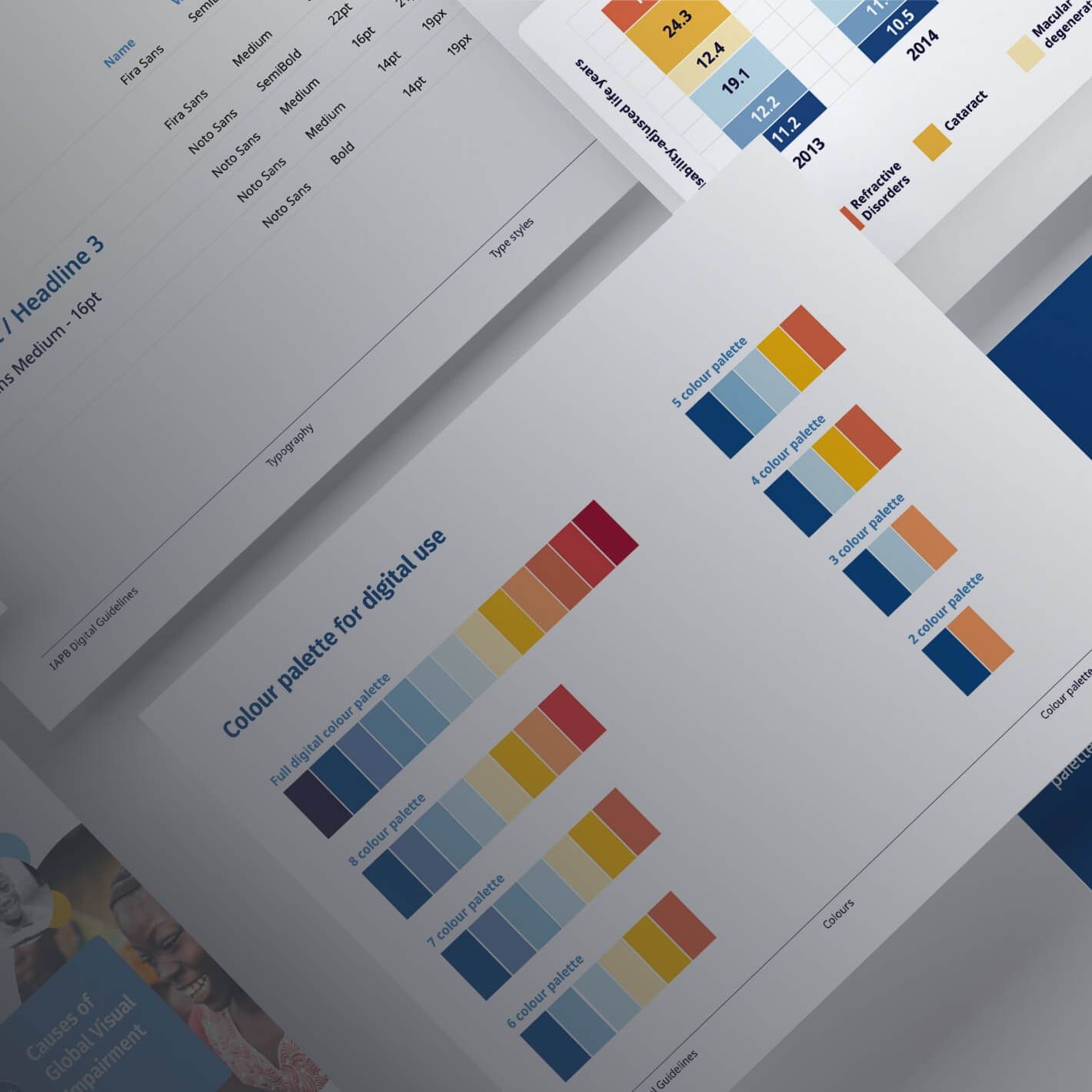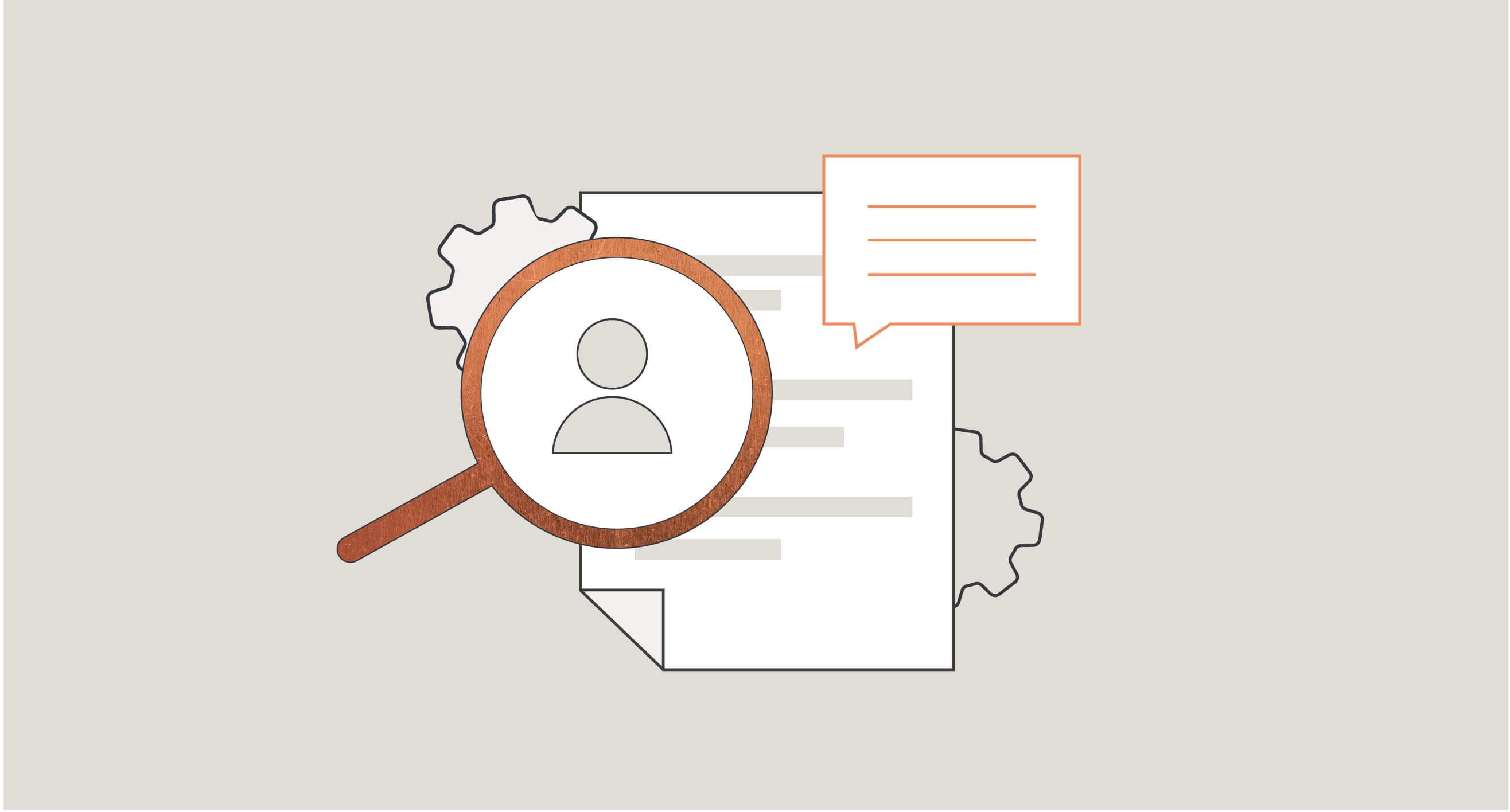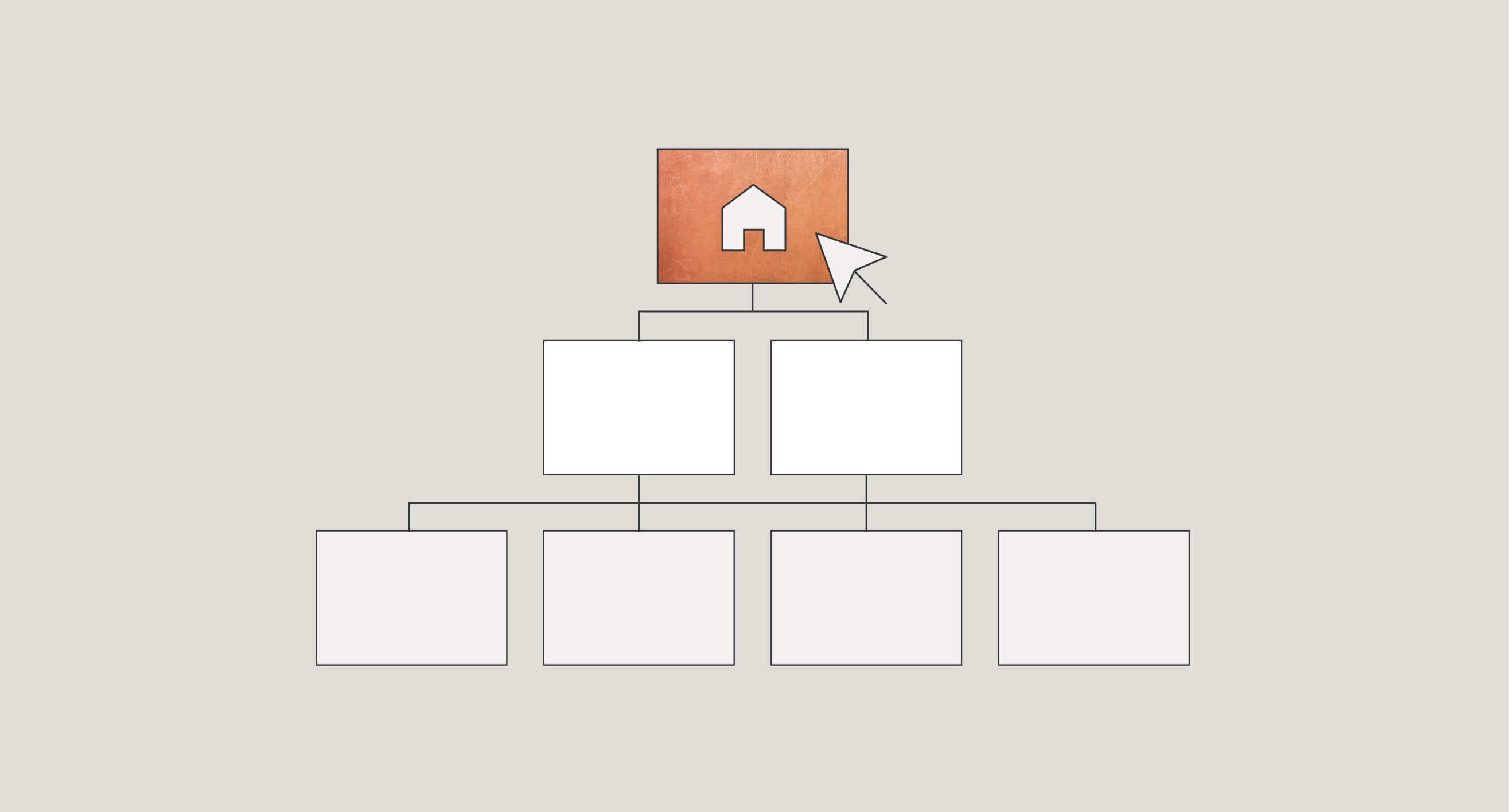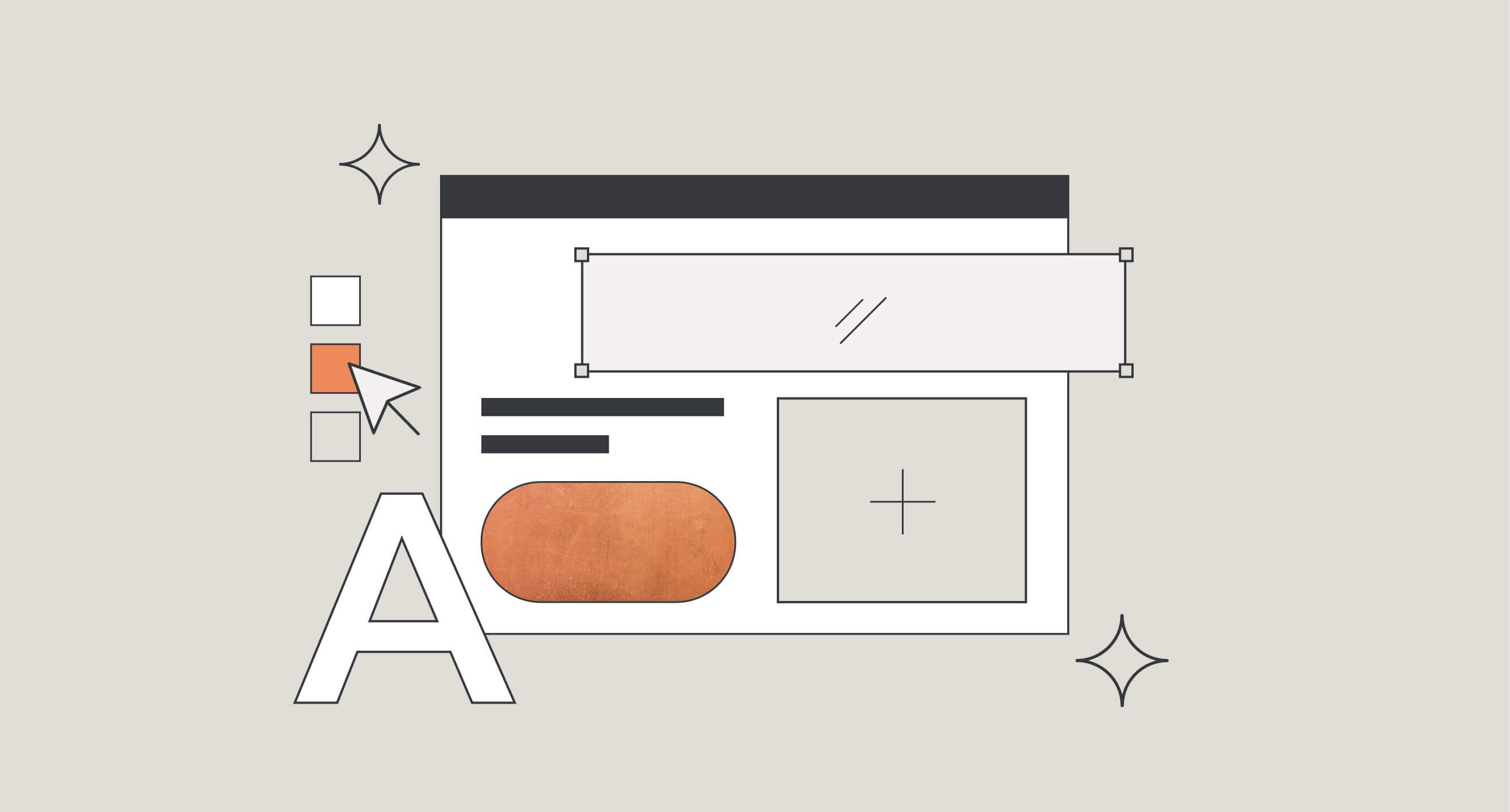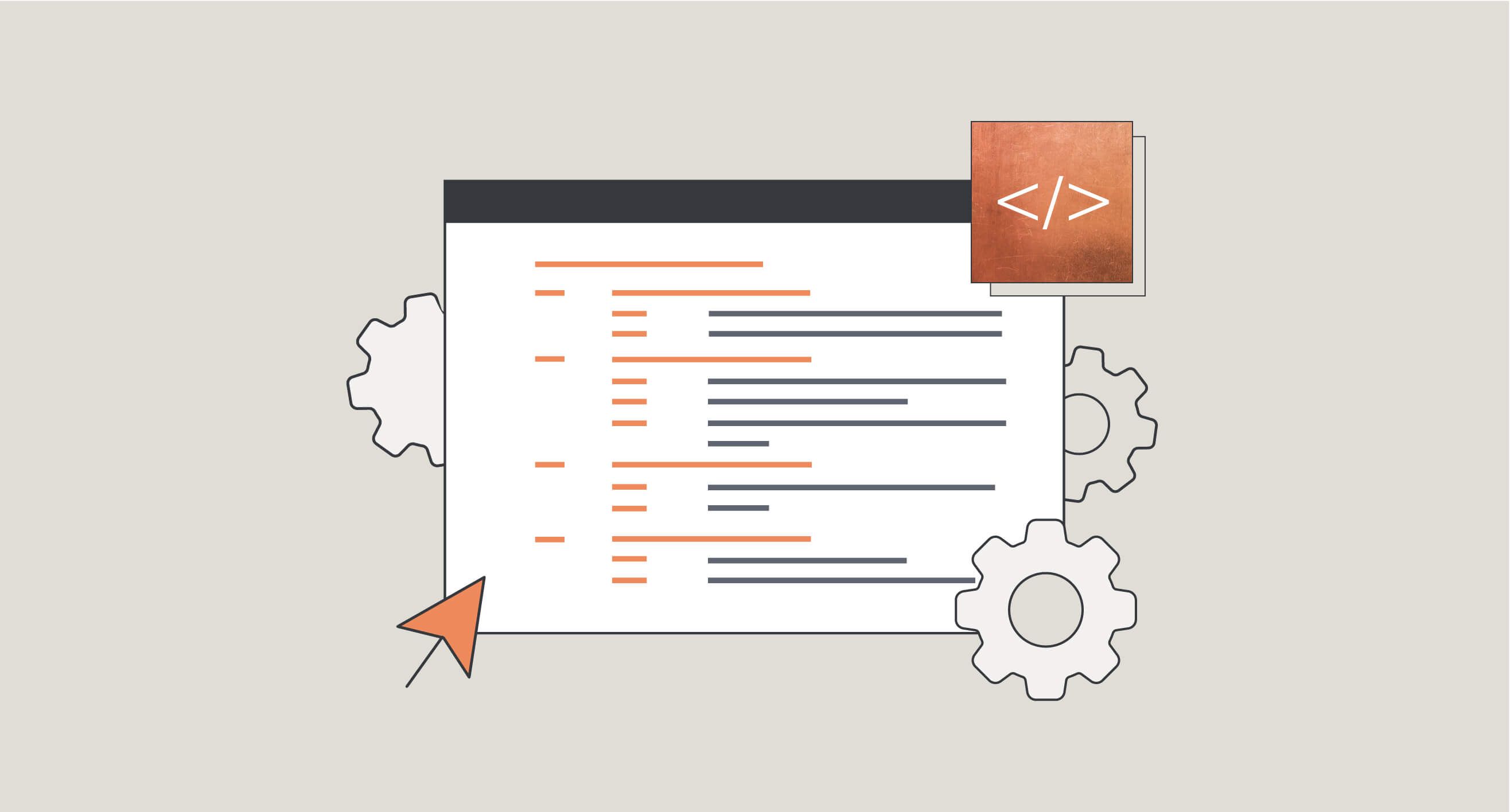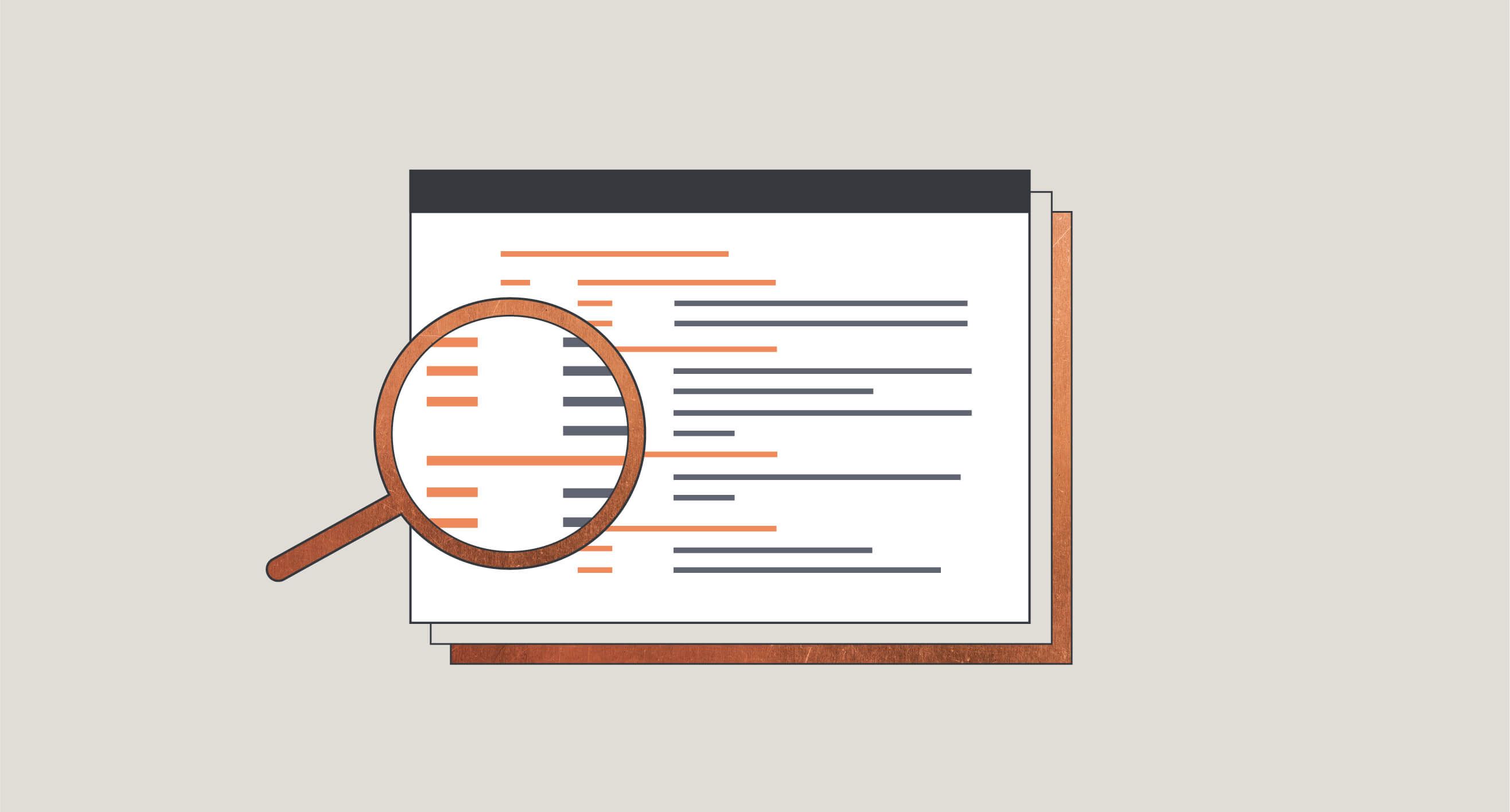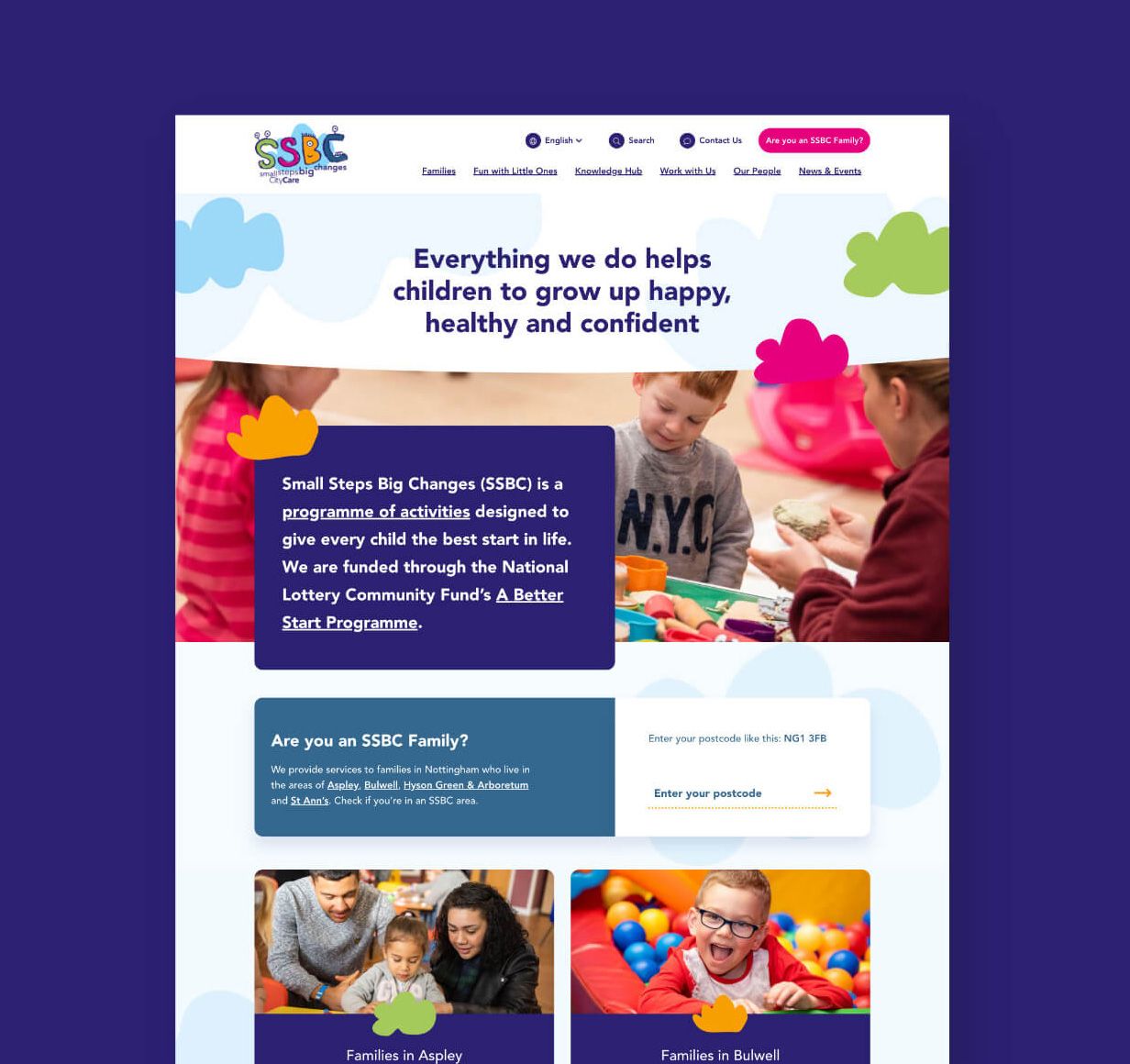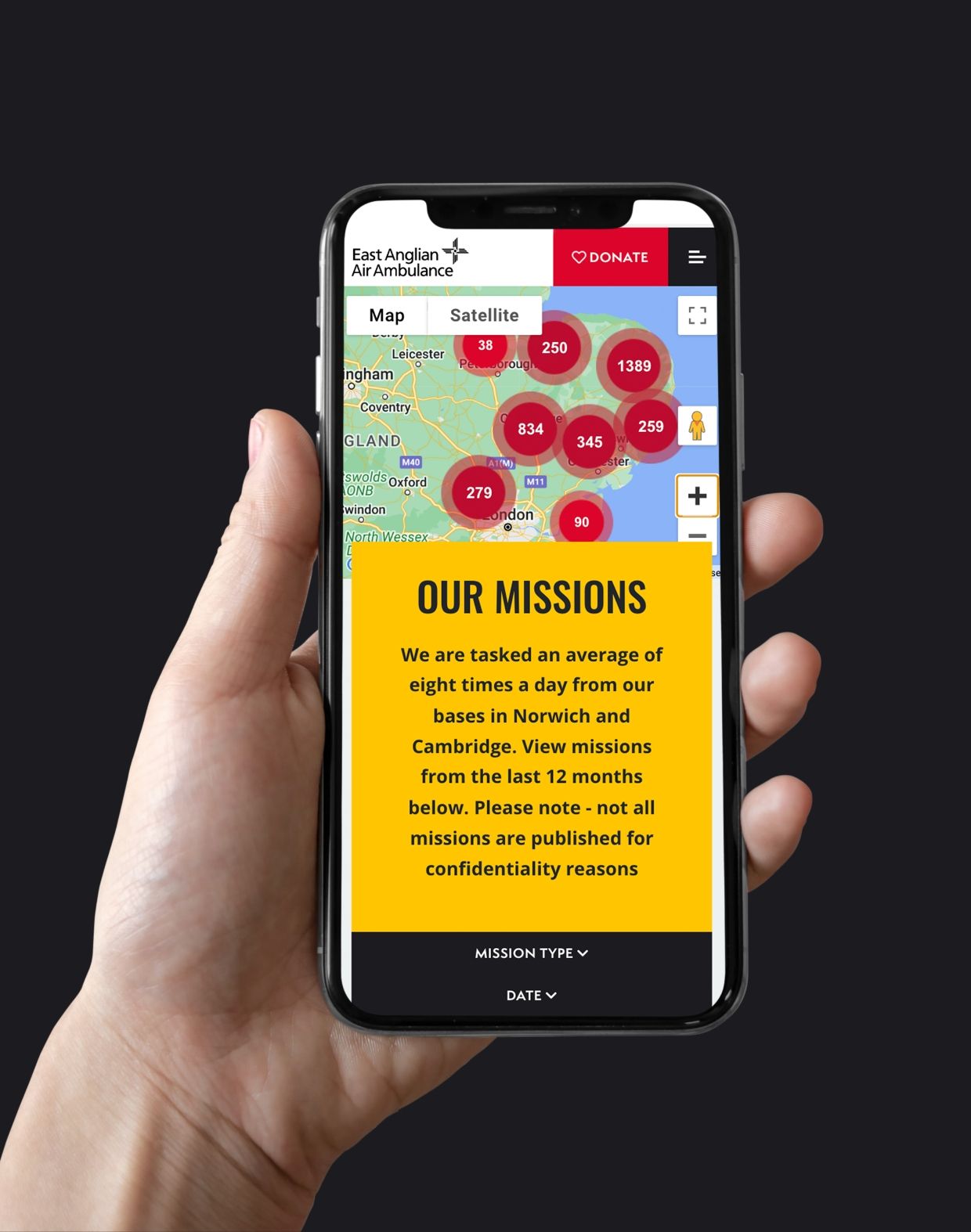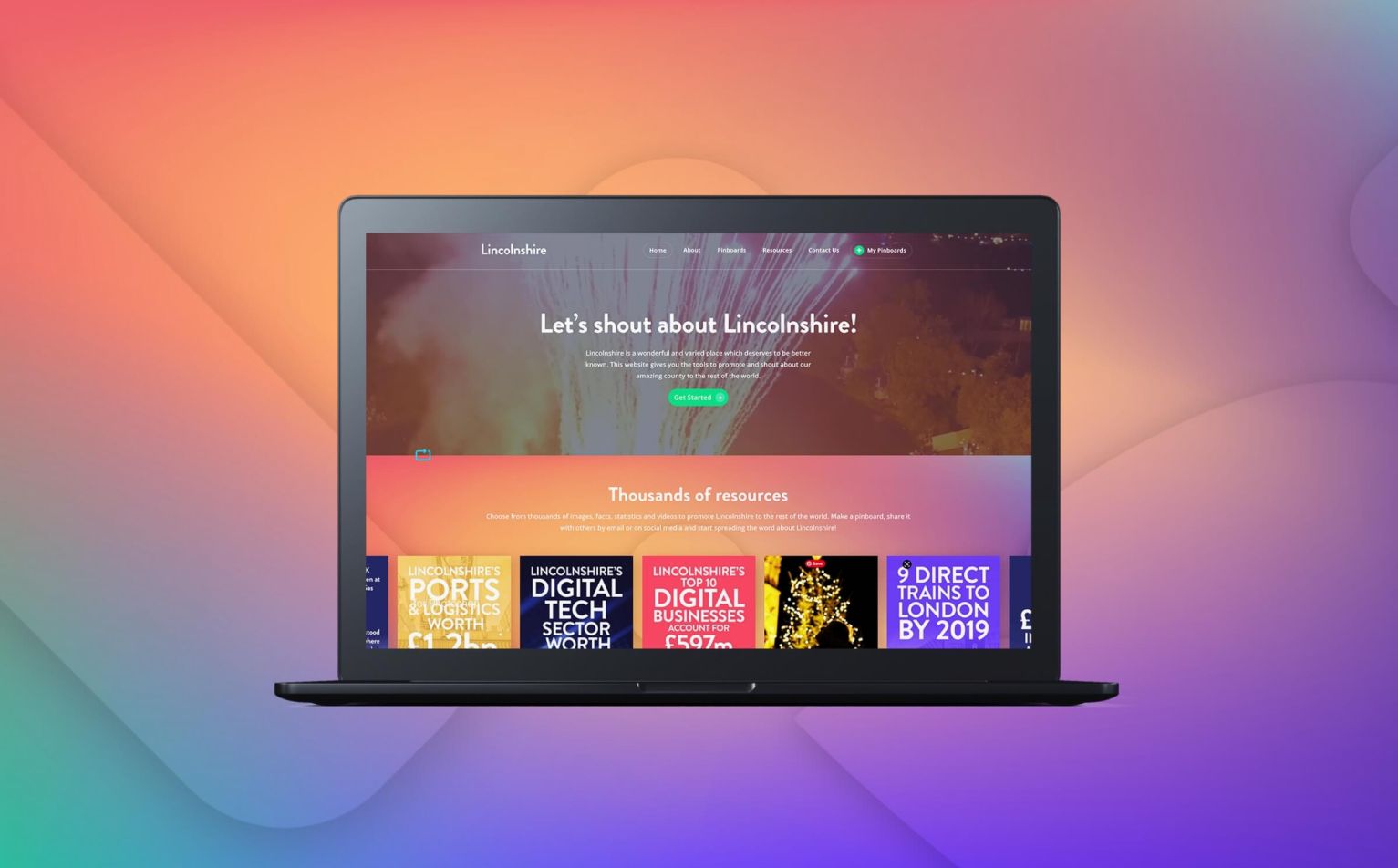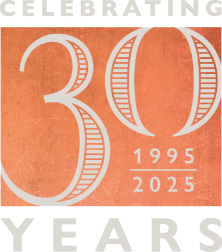When Tim Berners-Lee invented the world wide web, he stated, “The power of the web is in its universality. Access by everyone regardless of disability is an essential aspect.”
Accessibility in website design and development is at the heart of what we do at Optima, not as a box-ticking exercise but out of respect for our incredibly diverse world.
Access to online information is vital in all aspects of work and life. So it is essential businesses provide equal access opportunities, not only to comply with the guidelines of their country but to enhance their brand, drive innovation and reach wider audiences. Accessibility features not only enhance the online experience of those with disabilities – whether visual, auditory, neurological, or physical – they also assist other users, for example:
- People using different smart devices for browsing websites
- Older people with changing abilities, including sight deterioration
- Those whose situation or environment means they might have to use the web differently, e.g. using audio rather than visual
- People who have a limited internet bandwidth
Whether on we are building you an ExpressionEngine, WordPress, or Ecommerce website, accessibility makes the online experience as easy and intuitive for as many visitors as possible; however they choose to browse the site. Each website we build conforms to a minimum level of accessibility standards. This starts early in the design process with careful consideration of the user journey, established web conventions and norms and screen contrast.
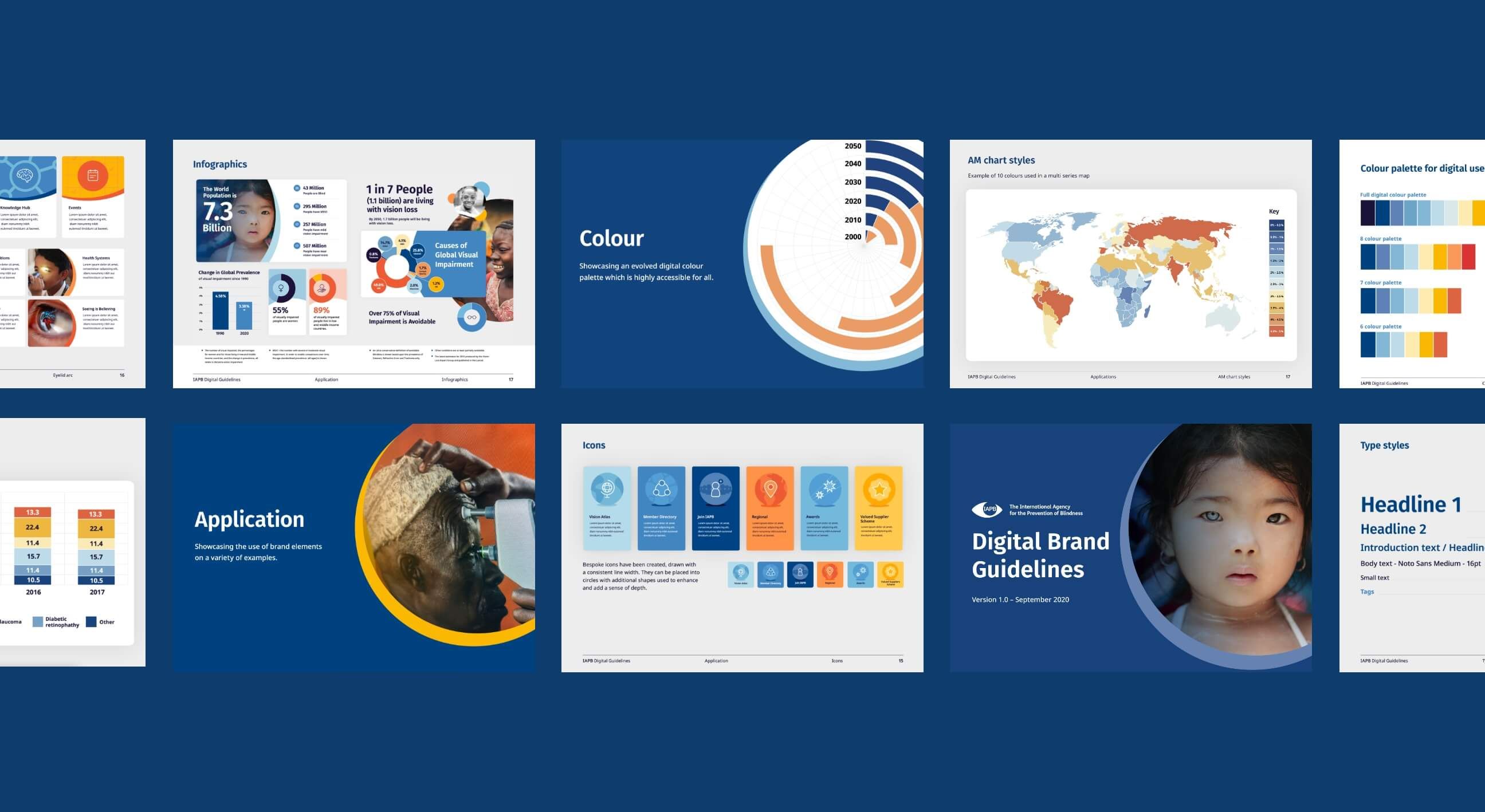
Some clients worry that accessible website design might stifle creativity or discourage us from delivering beautiful user experiences and innovative design features. This is not the case, as many accessible features are implemented below the surface.
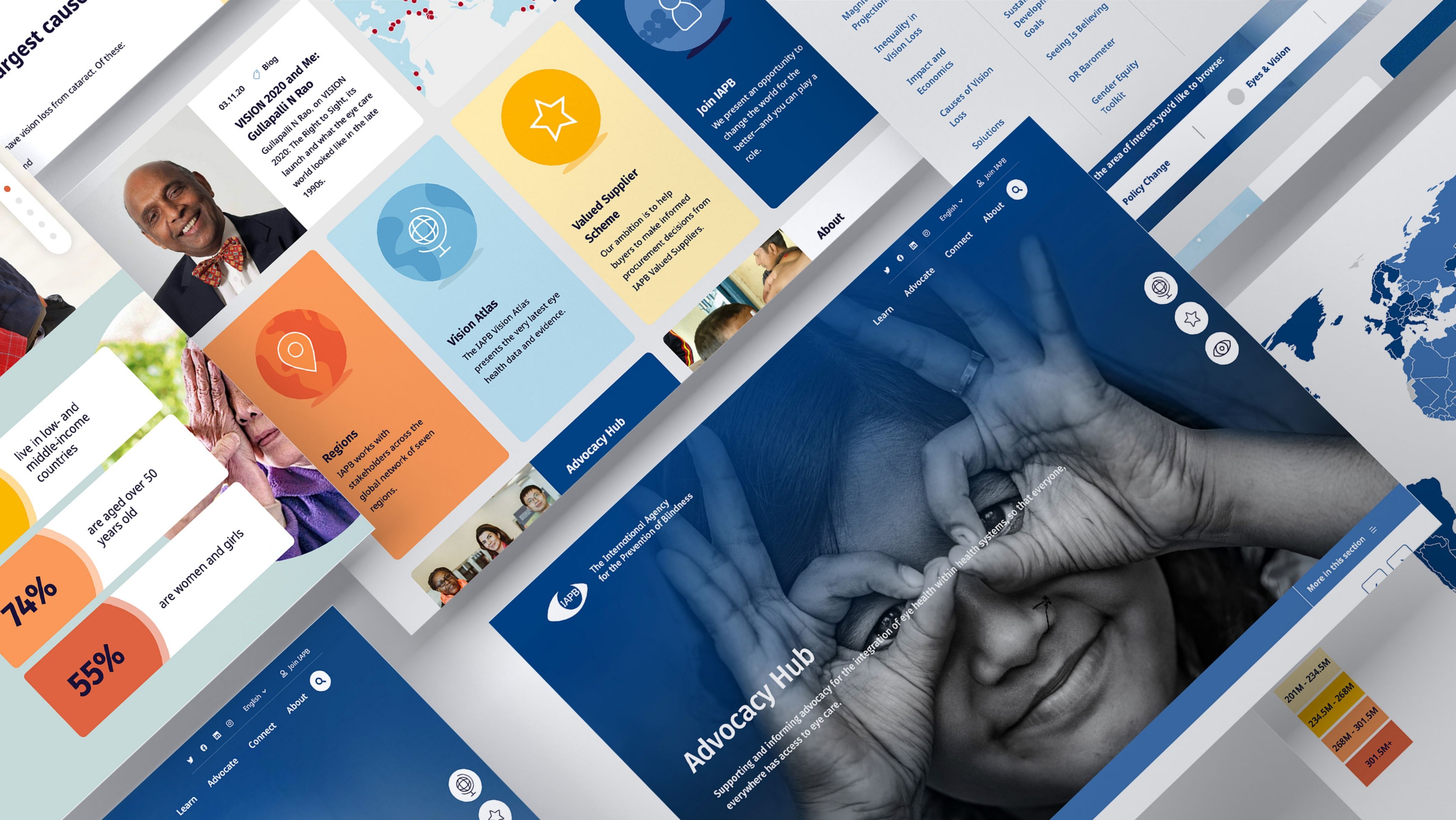
WCAG 2.1 standards
Accessible web pages are measured against the series of success criterion from the Web Content Accessibility Guidelines (WCAG) 2.1. These standards are grouped into three levels of compliance; A, AA and AAA. Laws governing who must adhere to the WCAG standards vary in each country; in the UK, AA compliance applies to most public sector companies and organisations. Optima have a great deal of experience in delivering websites to WCAG 2.1 standards and always aim for compliance to level A as a mimimum.
We can conduct accessibility testing using specialist software intially to automatically identify accessibility issues and improments. However, automated testing can only audit a portion of the accessibility requirements and a number of the standards to be tested against need to be assessed manually. Where a specific level of compliance is required, Optima can perform manual assessments checking against each of the WCAG sucess criteria using assistive audit technologies and using screen readers and alternate input devices. This process will provide reports for the web pages being assessed outlining the areas (keyboard navigation, colour contrast, multimedia, etc) where improvement is required and the associated failed WCAG success criterion. The reports can then be used to improve the code or content for each highlighted area to ensure the web pages are accessible.
Additional to producing responsive web pages that are as accessible to as many visitors as possible, it may be required to publish an Accessibility Statement – this is also a legal requirement for most public sector bodies. An Accessibility Statement is a legal document with specific wording requirements and should be published as a HTML document linked from your website’s homepage. Optima can help advise on the content of the statement inline with the state of compliance of your website and any non-compliances that should be identifed, if there are any.
